The internet, which is dominated by a new trend every day, can make us feel as if it has been with us throughout our lives. We are not wrong to have this thought. Many of the popular trends that appear on the Internet today have been used by people for centuries with different methods. Put your tea in your coffee, come, let’s take a closer look at the roots of today’s internet trends dating back centuries.
Internet, Today, it has an active user base like never before. However, the trends that we see every day and sometimes even unconsciously participate in are not new. When there is no internet People were also taking selfies, creating some kind of Facebook profiles, and even sharing funny cat photos.
For example, Evliya Çelebi, who lived in the 17th century, is a kind of travel blog we can think of as the author. This and many other things that seem like today’s trend, have origins dating back centuries. If you’ve had your tea and coffee, together to pre-internet times Let’s go on a journey.
400 years ago, German university students invented Facebook.
400 years ago there was a trend among university students in Germany. So Book of Friends Friendship Book The students, who had a notebook known as the “Nature”, were recording the people they had just met in this notebook, together with their names and often their drawings. Sending a friend request to someone, unfortunately, was not as easy as it is today, but it is definitely more effective than today.
Love knows no barriers: British aristocrats also used the “Disappearing Messages” feature.
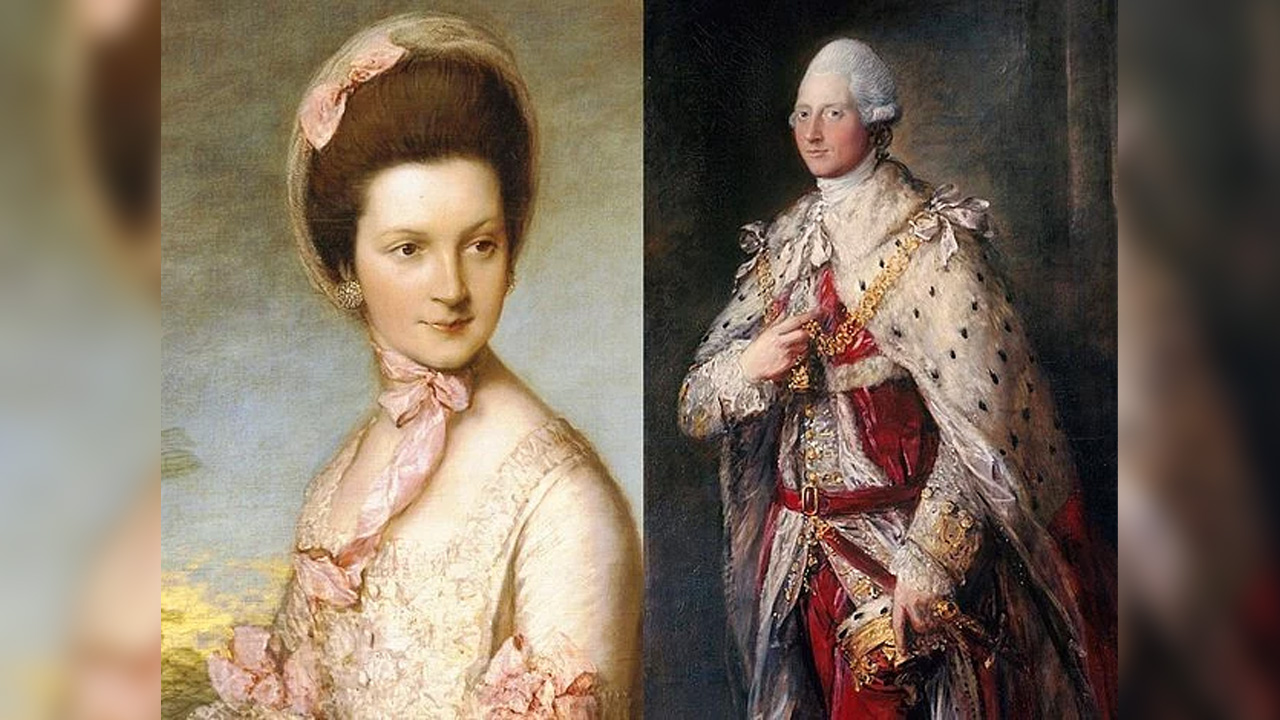
Of course, Instagram’s Disappearing Messages did not use the feature. But it is clear where this feature is inspired by. In 1764, Lady Grosvenor, the wife of English aristocrat and Baron Richard Grosvenor, fell in love with King III. George’s brother had lost it to Prince Henry, Duke of Cumberland. The method of communication between these two was letters written in invisible ink.
These letters were burned after being read. But things did not go well, these letters were leaked to the media and a big scandal occurred in the country. Baron Grosvenor, who sued Prince Henry for making criminal conversations with his wife, won £10,000.
Selfie obsession is not unique to our age. Meet Rembrandt, the 17th-century painter obsessed with himself:
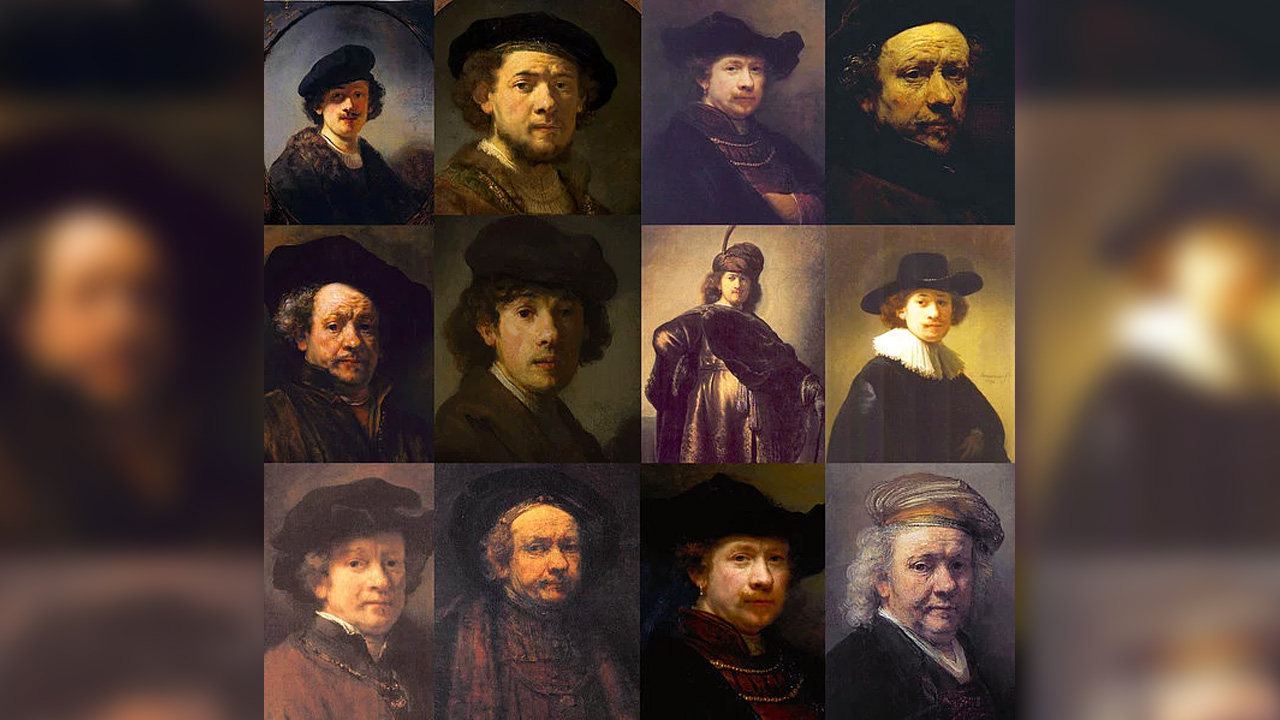
There is something special about Rembrandt, a Dutch printmaker and painter active in the 17th century. This is the famous painter’s obsession with his own face. During his almost 50-year career close to 100 Rembrandt, who draws a self-portrait, is one of the first selfie enthusiasts in history.
Cats have always been cute, the internet didn’t make them popular:
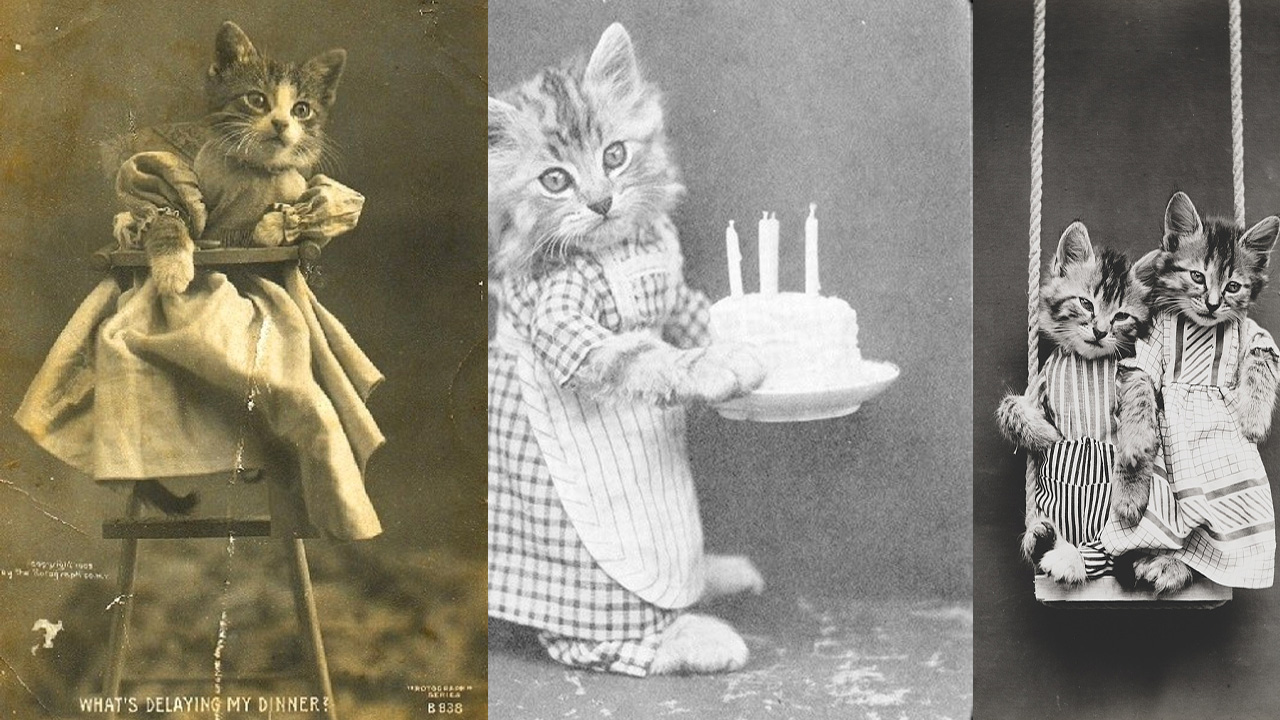
It would not be wrong to say that American photographer Harry Whittier Frees, who started his career in the early 1900s, was a very forward-thinking photographer. your career funny cat photos Frees, who built it on shooting and turning them into postcards, goes down in history as an artist who made funny cat memes even in the absence of the internet.
Facial expressions, which have become indispensable for internet correspondence, appeared in 1881:
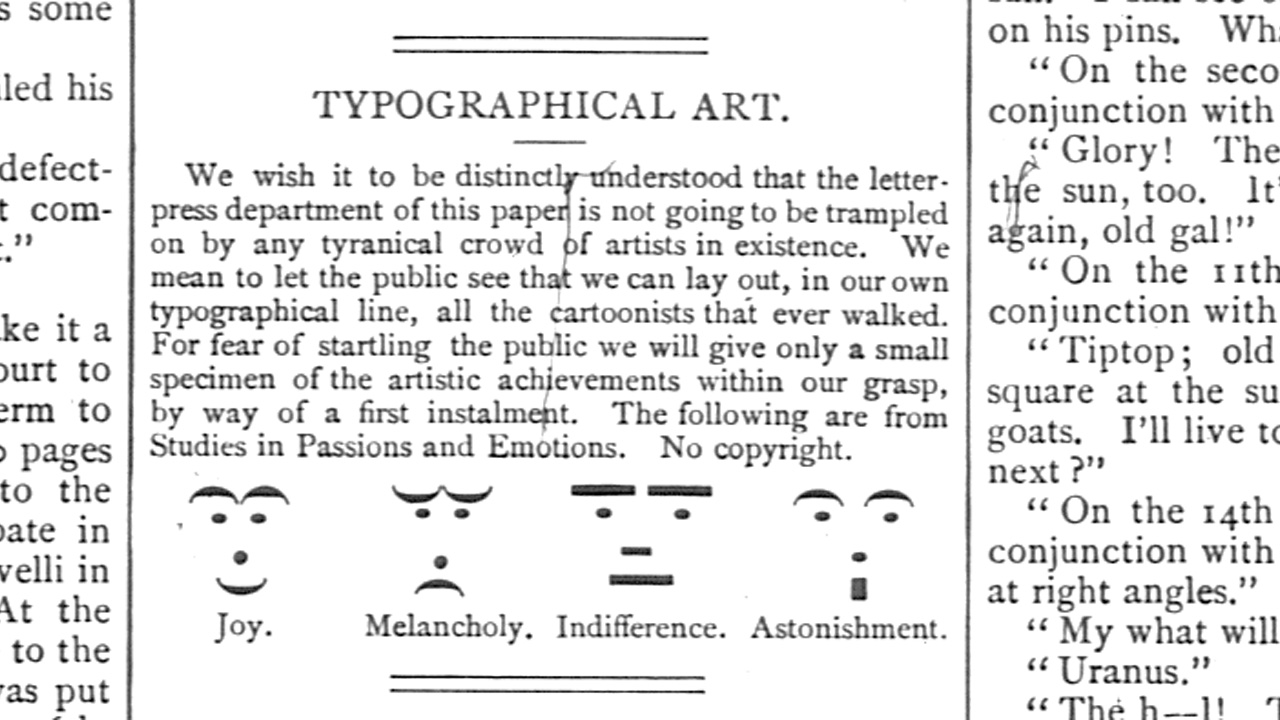
which became the popular cartoon magazine of its time in the USA. Puck Magazine, is the first source to reveal the facial expressions and indirectly emojis that we use a lot on a daily basis. However, it is also known that the poet Robert Herrick used a smiley face in the form of “:)” at the end of a poem in 1648.
2,000-year-old “iPads”, indispensable for ancient Greek aristocrats:
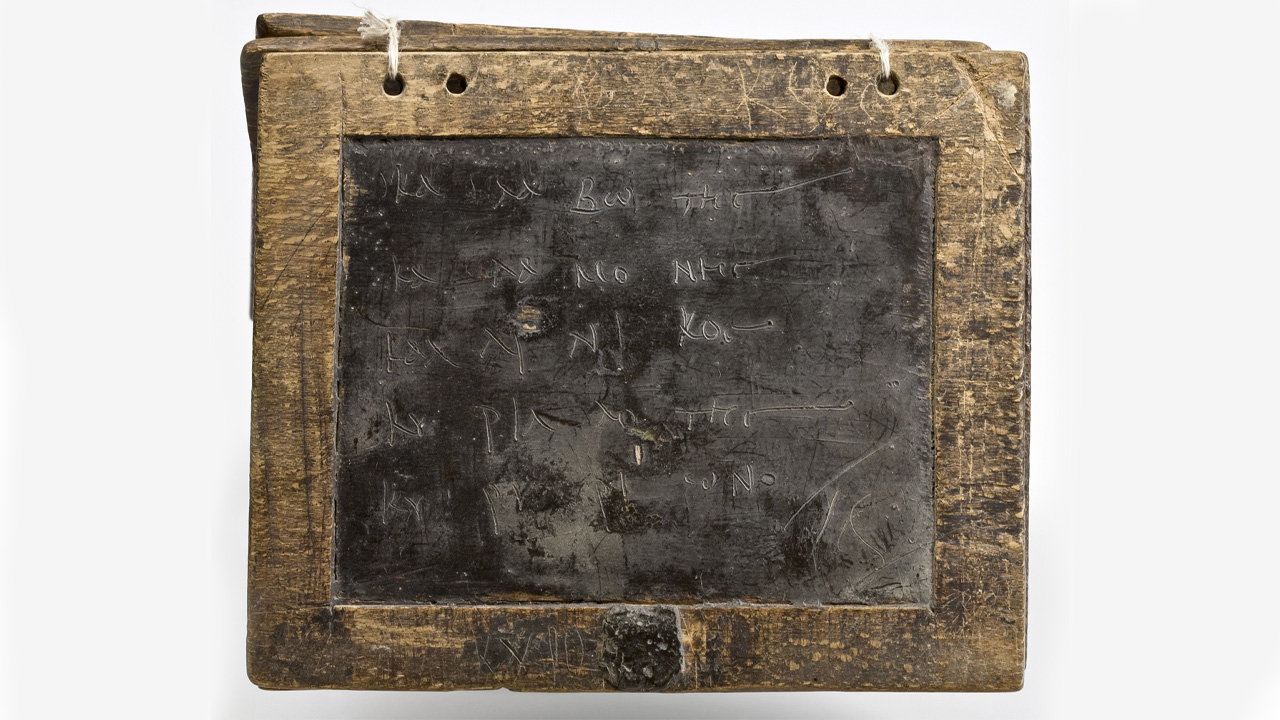
Ancient Greece was a community in which many technological developments took place in a primitive state. Even the rich of Ancient Greece, just like us “mobile devices” he was using. Ancient Greek iPad tablets made of this wax, which we can describe as; It was used in commerce, sending messages and similar tasks, and even newspapers could be read with these tablets. Relatively wealthy citizens of Ancient Greece could send these tablets with their servants to the city center and learn what was going on by having them written on wax tablets.
The poet Martial, the Twitter critic of antiquity:

140 characters on Twitter may be enough for some of us, and quite short for others. At the end of the day, it all depends on how concisely you can convey what you want to convey. The poet Martial, who wrote epigrams between 86 and 103 AD, long before Twitter, often Before reaching 140 characters even he could get the job done. Martial, who criticized quite harshly, said to those he did not like, “The dog licks its mouth and lips, Manneia. I’m not surprised though, dogs love to eat shit.” He was sending “tweets”.
The personality that inspired Pinterest, collector Sir Hans Sloane:
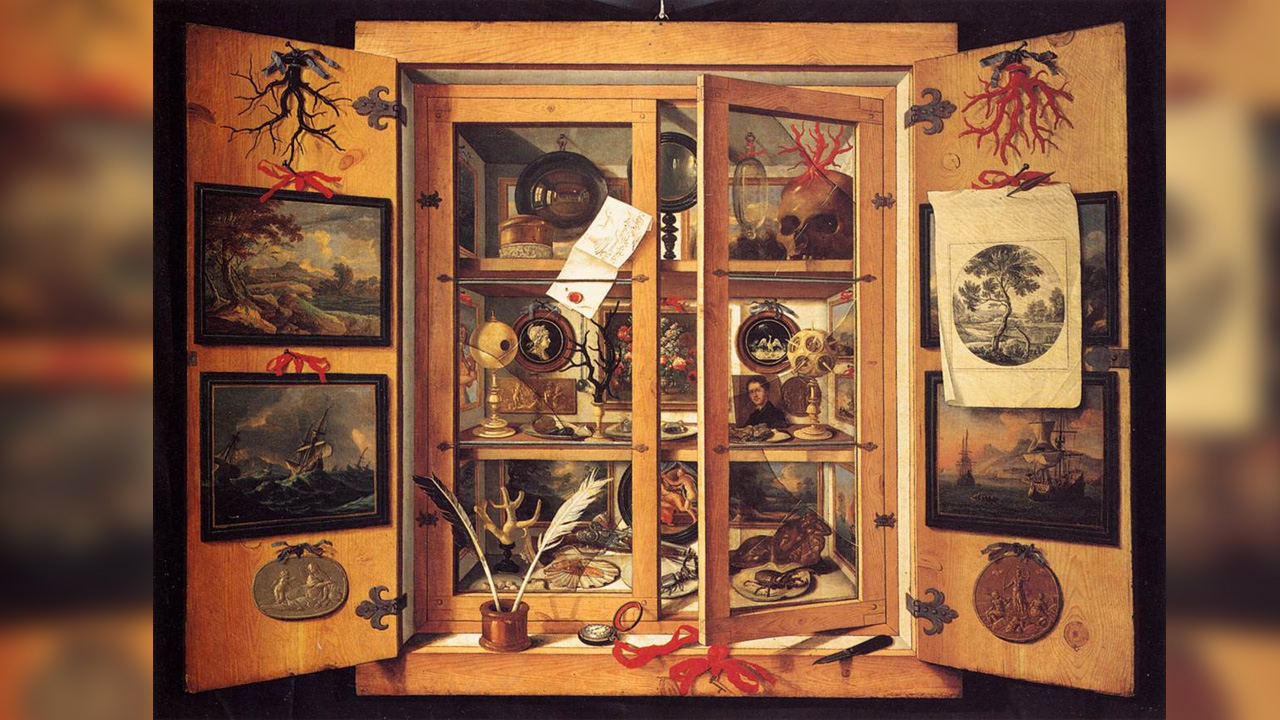
Many of us today Pinterestto or Explore Instagram We can dive into the section and look at random content that pops up for hours. Centuries before the invention of the Internet, British Baronet, Doctor, and Collector Sir Hans Sloane loved to display the thousands of random items he had collected over the years. Sir Hans Sloane, who left his collection, which reached 71,000 pieces, to the British government when he died, thus laid the foundations of the famous British Museum.
Evliya Çelebi and Marco Polo were travel bloggers of centuries ago:
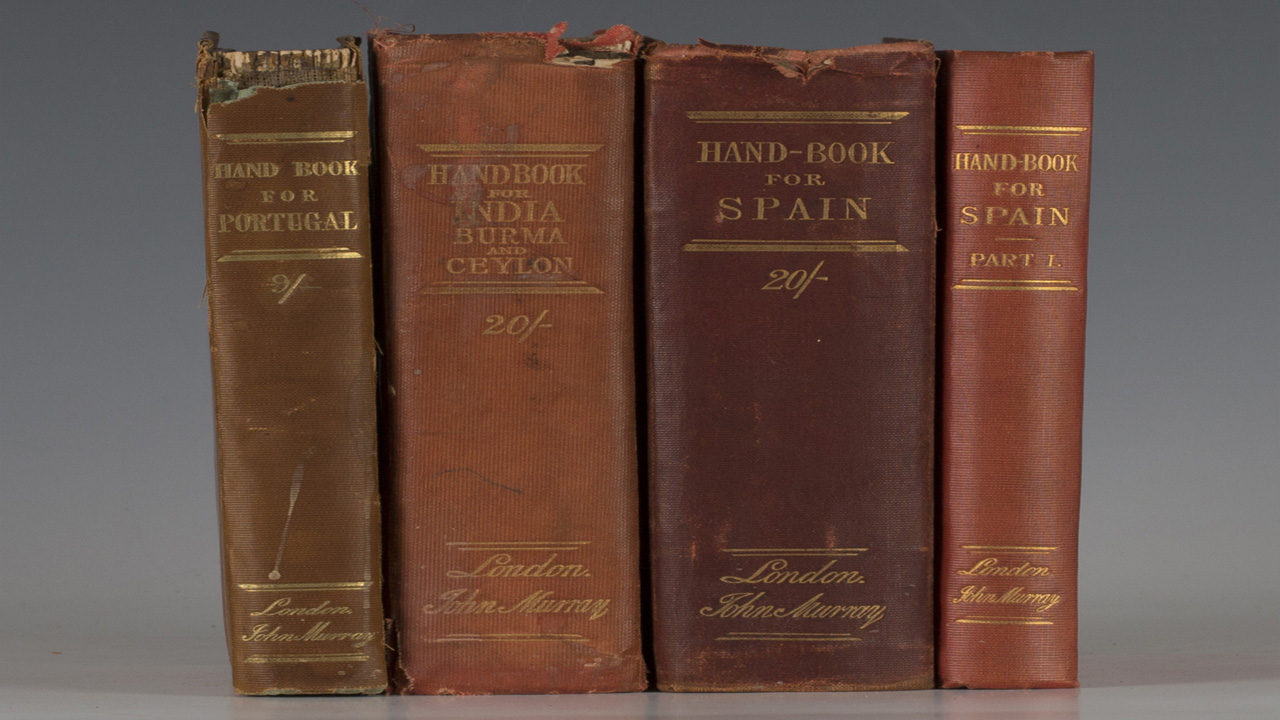
Take Evliya Çelebi; There have been many names throughout history, from Marco Polo to John Murray, who wrote down their travels and guided the next travellers. As a matter of fact, it continues to be more active today with the invention of the internet. People who were curious about exotic lands and could not find the time and opportunity to travel, centuries ago, as they do today,your blogs” was reading.
The publisher who raised money for his project before Kickstarter: Johann Heinrich Zedler.
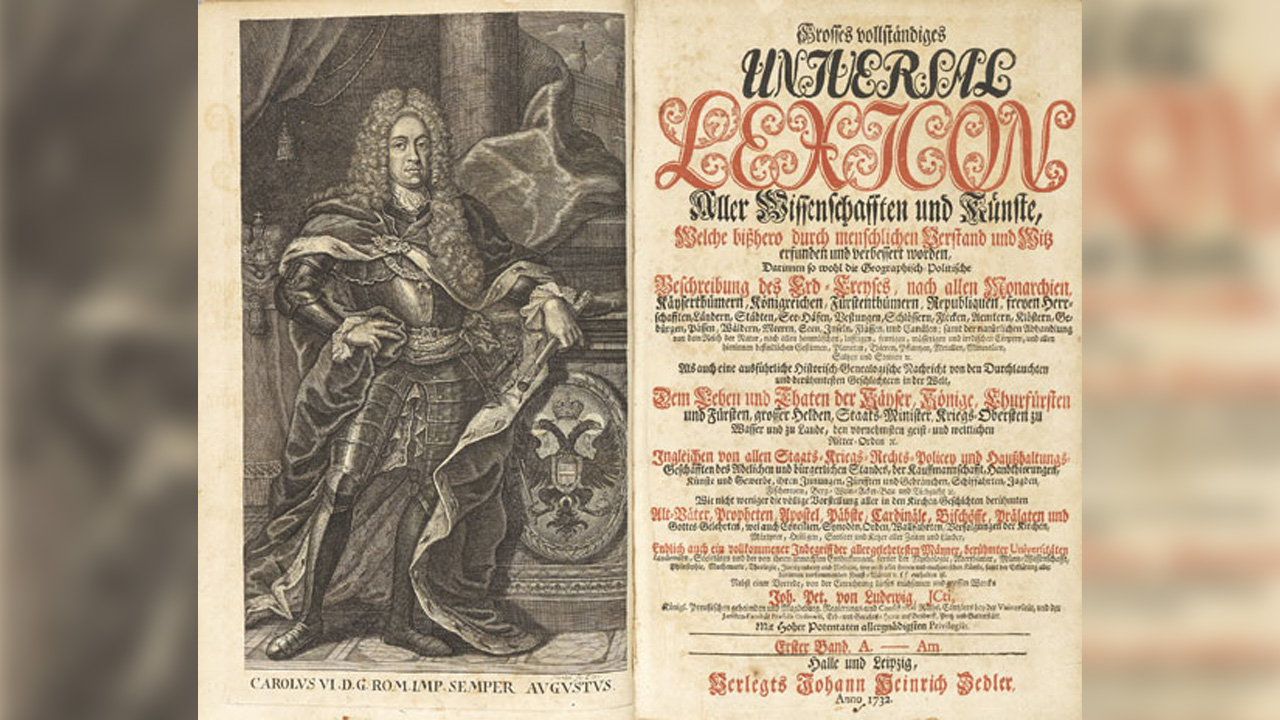
Today, we can say that one of the most useful areas provided by the internet is the social area it creates and the sense of unity and togetherness that comes with this area. It is one of the leading organizations that benefit from this social environment and enable many people to realize their projects. Kickstarter is coming. Crowdfunding didn’t just become popular with Kickstarter. Johann Heinrich Zedler, 18th-century German encyclopedist and publisher Universal Lexicon used crowdfunding to cover the costs of publishing his encyclopedia.
Philosopher Ramon Llull, who lived almost 800 years before Google, invented his own “Frequently asked questions” section:
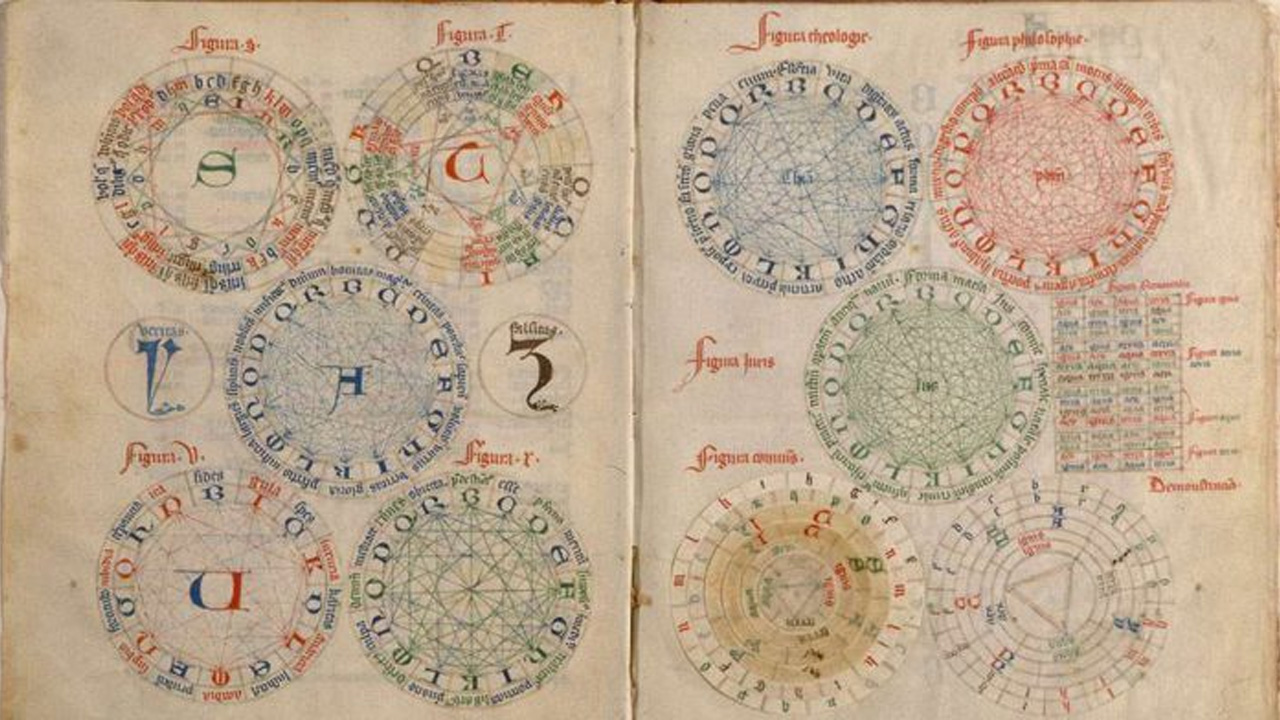
Philosopher and mathematician who lived in Spain in the 1200s and wrote the first examples of Catalan literature Ramon Lullhe will be bored with the questions that are constantly asked to him that he will have a handmade “Frequently Asked Questions” invented paper. On this invention, which was a three-fold paper in the form of a circle, there were answers to many common questions asked at that time.
And finally; 1,000 years before the invention of BuzzFeed, Webtechno, and even more, Japanese writer Sei Shonagon was writing list contents:
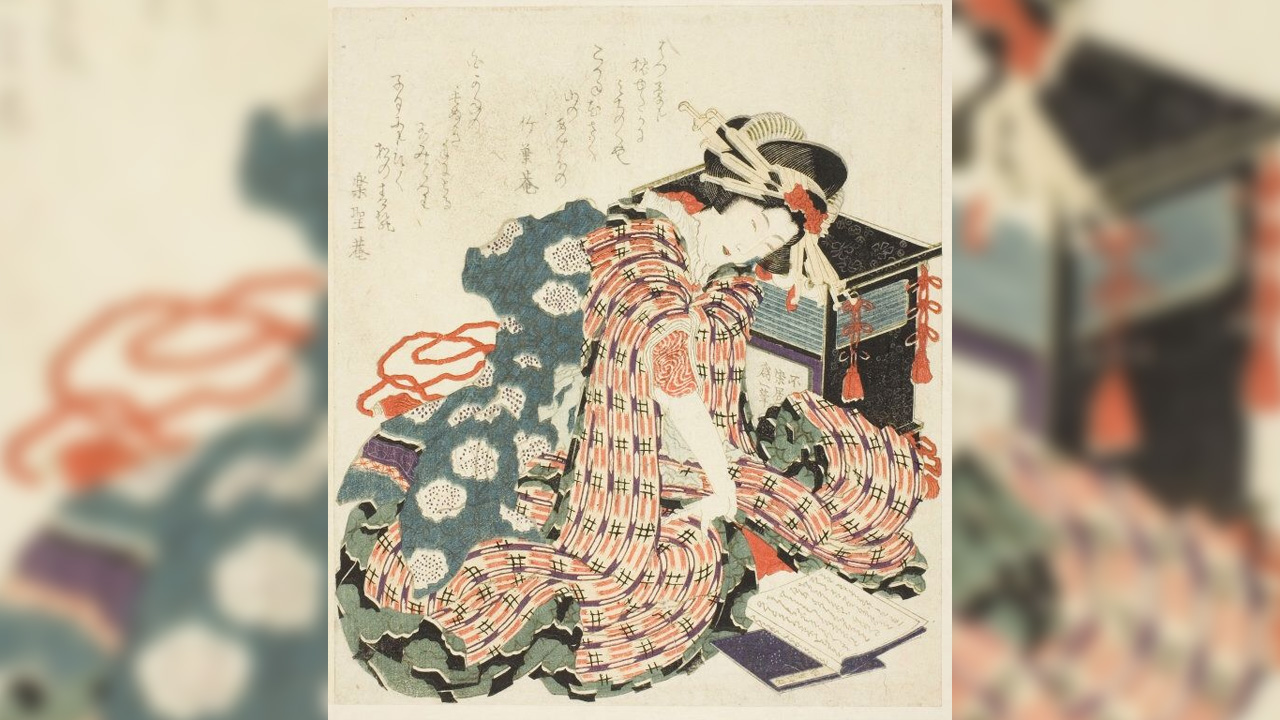
Japanese writer Sei Shonagon, born in 966 AD, can be considered as the first list content editor in history. Translated into Turkish by the author Sei Shonagon pillowname In his work titled The Pillow Book, translated as; “Things That Aren’t So Nice To Hear”, “Things That Increase a Person’s Heart Rate”, “Things That Should Be Short” and so on, there are a total of 164 list contents.
Internet We have come to the end of our content, where we go down to the roots of many trends that shape the world. The people who have signed such creative works that we encounter in the era without internet, “Making opportunity out of impossibility” proves the correctness of the sentence. What do you think about ancient internet trends? Do not forget to share your views with us in the comments section.
